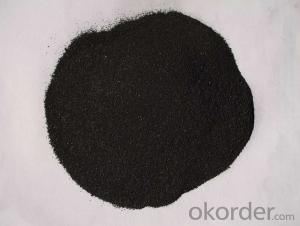Calcined Anthracite Coal Carbon Coke for Steelmaking
- Loading Port:
- Tianjin
- Payment Terms:
- TT or LC
- Min Order Qty:
- 20 m.t.
- Supply Capability:
- 10000 m.t./month
OKorder Service Pledge
OKorder Financial Service
You Might Also Like
Quick Details
Place of Origin: Ningxia, China (Mainland)
Application: steel making
Shape: granule
Dimensions: FC90-95%
Product Type: Carbon Additive
C Content (%): 90-95% MIN
Working Temperature: -
S Content (%): 0.5%MAX
N Content (%): -
H Content (%): 0.6%MAX
Ash Content (%): 8.5%MAX
Volatile: 2%MAX
ADVANTAGE: low ash & sulfur
COLOR: Black
RAW MATERIAL: TaiXi anthracite
Packaging & Delivery
Packaging Details: | In 1MT plastic woven bag. |
Delivery Detail: | 30-40 DAYS |
Calcined Anthracite Coal Carbon Coke for Steelmaking
Carbon Additve low Ash,S,P
FC>95% ASH<4% S<0.3%
It is made from TaiXi anthracite.
instead of pertrol coke reduce the cost
Features of Calcined Anthracite Coal Carbon Coke for Steelmaking
Shape: granule
Dimensions: FC90-95%
Product Type: Carbon Additive
C Content (%): 90-95% MIN
Working Temperature: -
S Content (%): 0.5%MAX
N Content (%): -
H Content (%): 0.6%MAX
Ash Content (%): 8.5%MAX
Volatile: 2%MAX
ADVANTAGE: low ash & sulfur
COLOR: Black
RAW MATERIAL: TaiXi anthracite
Specifications of Calcined Anthracite Coal Carbon Coke for Steelmaking
Specifications (%): | ||||||
Grade | F.C | Ash | V.M | Moisture | S | Size |
CR-95 | ≥95 | <4 | <1 | <1 | <0.3 | 0-30mm |
CR-94 | ≥94 | <4 | <1 | <1 | <0.3 | |
CR-93 | ≥93 | <6 | <1 | <1 | <0.4 | |
CR-92 | ≥92 | <7 | <1 | <1 | <0.4 | |
CR-91 | ≥91 | <8 | <1 | <1 | <0.4 | |
CR-90 | ≥90 | <8.5 | <1.5 | <2 | <0.4 | |
FAQ of Calcined Anthracite Coal Carbon Coke for Steelmaking
Why we adopt carbon additive?
Carbon Additives used as additive in steel making process. It made from well-selected Tai Xi anthracite which is low in content of ash, sulphur, phosphorus, high heat productivity, high chemically activation.
Mainly industry property of it is:instead of traditional pertroleum coal of Carbon Additives, reduce the cost of steelmaking.
Advantage of Calcined Anthracite Coal Carbon Coke for Steelmaking
1.High quality and competitive price.
2.Timely delivery.
3.If any item you like. Please contact us.
Images of Calcined Anthracite Coal Carbon Coke for Steelmaking
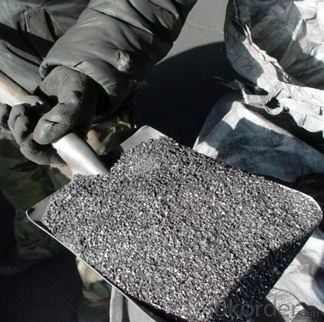
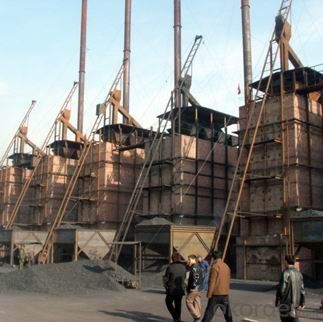
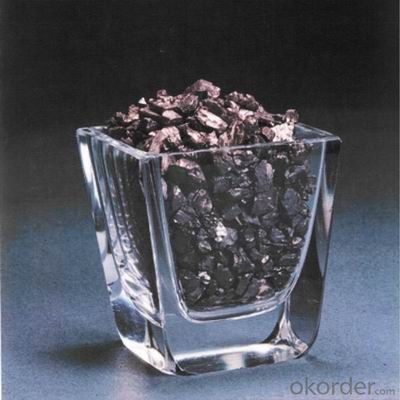
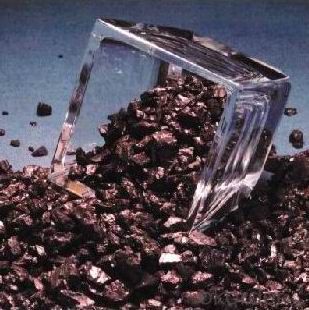
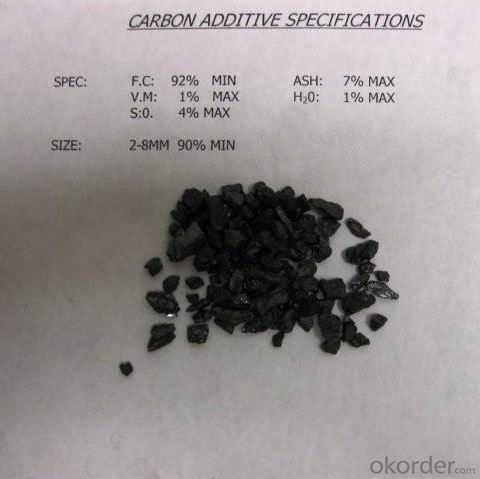
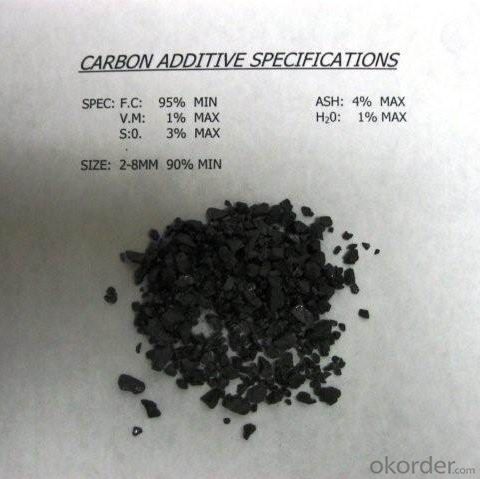
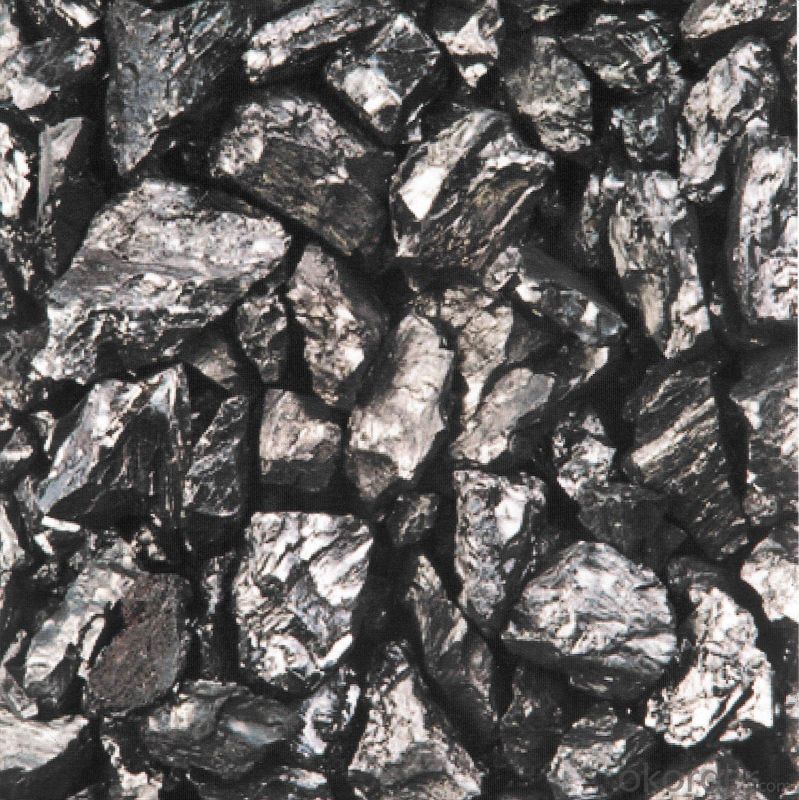

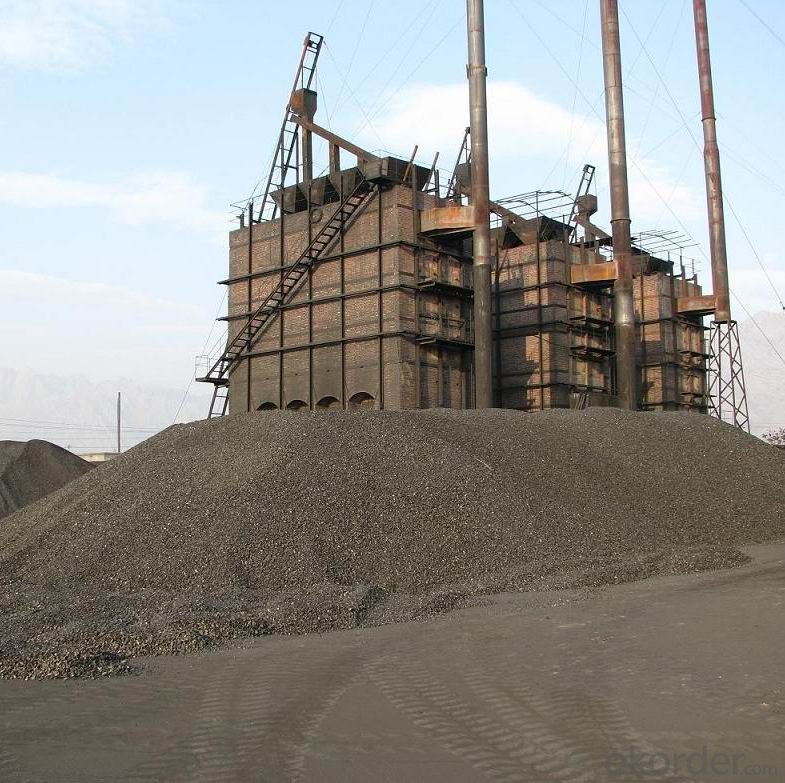

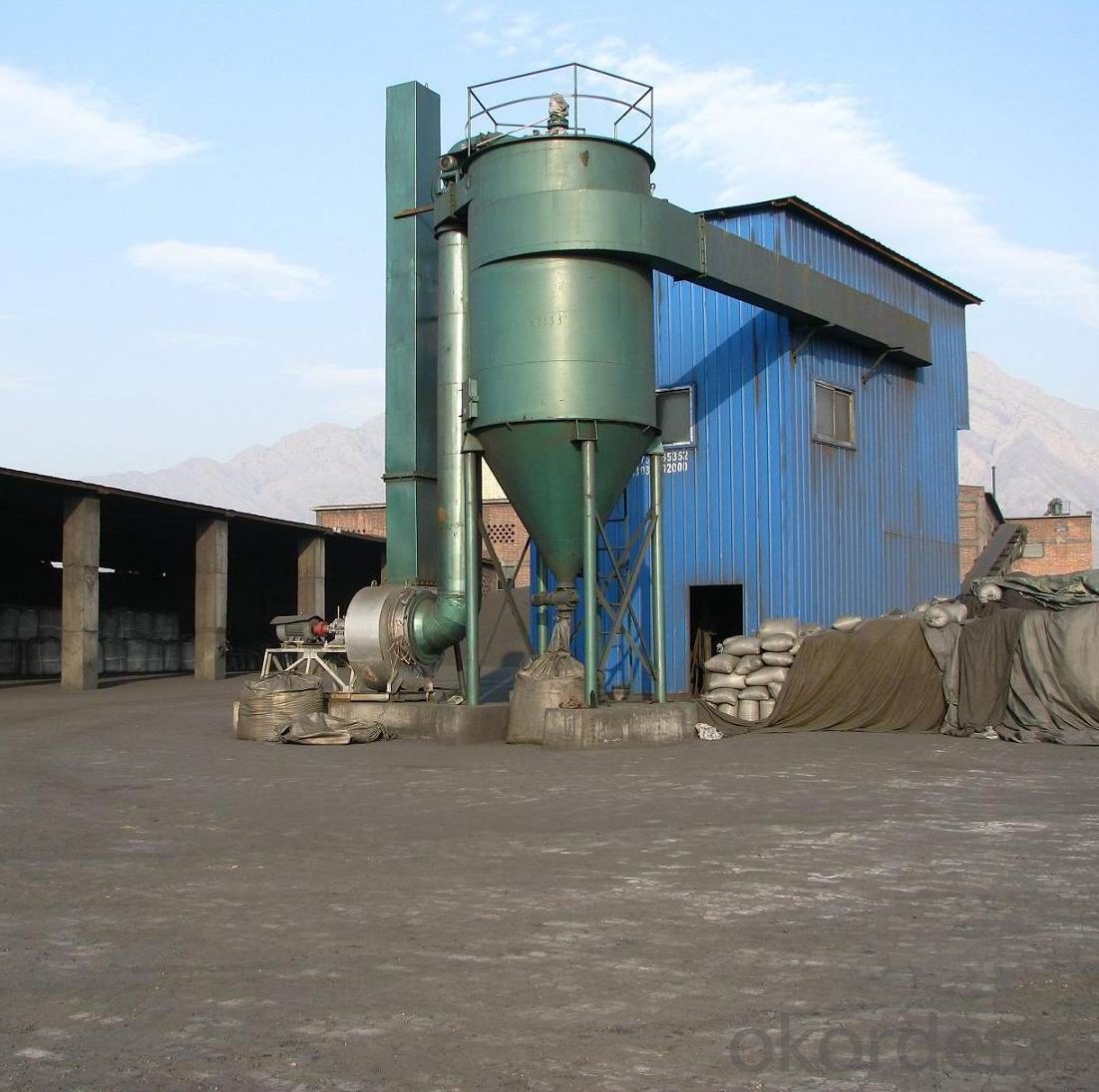
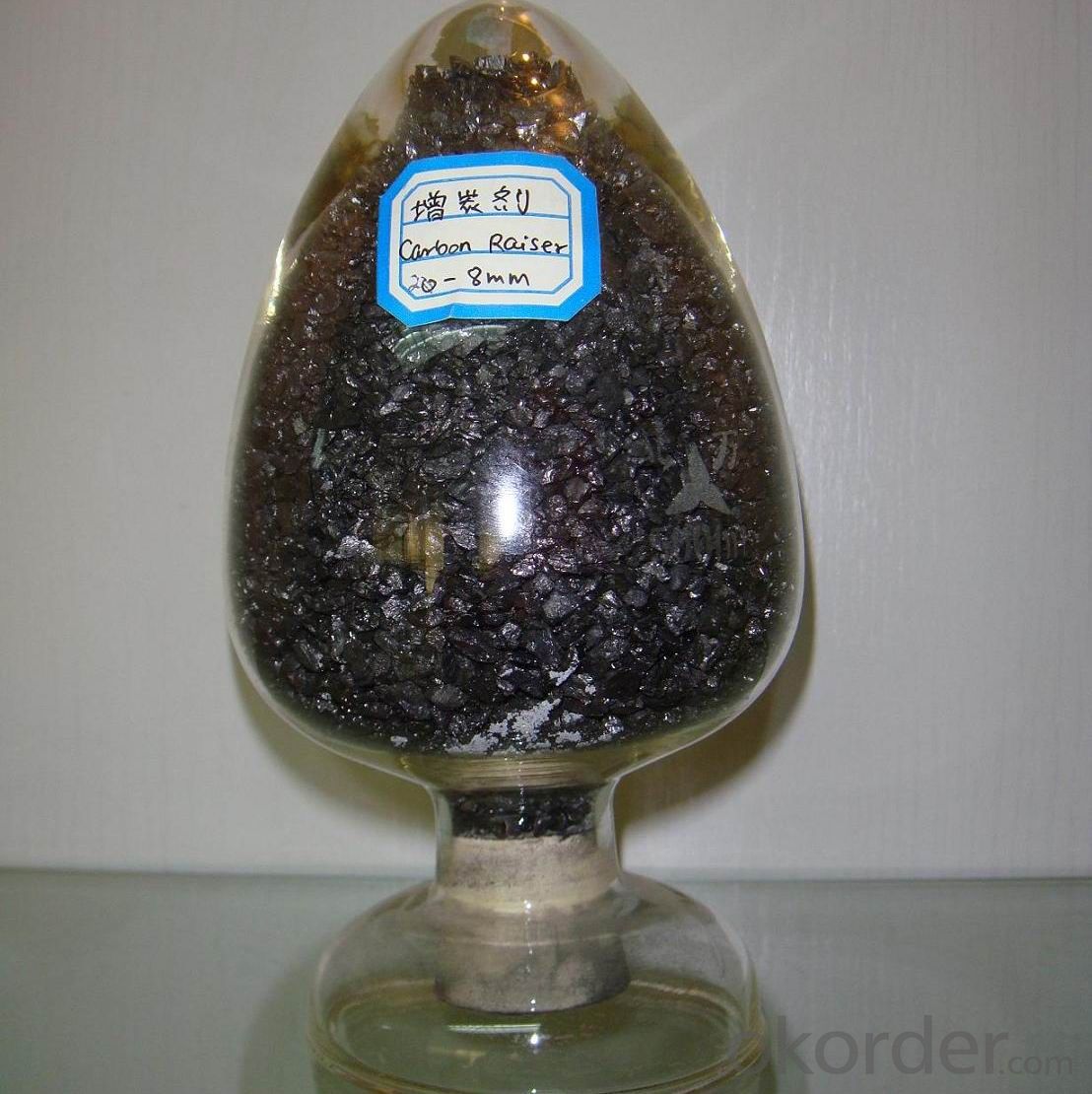
- Q:Are carbon fibers organic polymer materials?
- The fiber spacing is similar to artificial graphite and turbostratic carbon fiber.[5] levels between about 3.39 to 3.42A, the parallel plane between each carbon atom, as well as regular arrangement of graphite, and the layers are connected together by van Edward.Therefore, carbon fiber is an inorganic high polymer fiber with carbon content higher than 90%
- Q:They include a cementite, two cementite, three cementite, eutectic cementite and eutectoid cementite, and compare their temperature, composition and morphology
- Three: cementite in iron graphite in the phase diagram of F (Fe) + Fe3C two-phase region precipitation of Fe3C is three times the cementite formation temperature in the eutectoid temperature (727 DEG C), morphology is fine flake or granular.Eutectic cementite: Fe3C body in eutectic (A (Fe) + Fe3C) formed at eutectic temperature (1148 DEG C). The morphology is lamellar eutectic morphology. The carbon content is about 4.3%.Eutectoid cementite: Fe3C in eutectoid (F (Fe) +Fe3C) formed at eutectoid temperature (727 DEG C), characterized by flaky eutectoid morphology. The carbon content is about 0.77%.
- Q:Are carbon cells the same as alkaline batteries?
- Unlike, alkaline batteries are 4-5 times the capacity of carbon batteries, and the price is 1.5-2 times that of carbon.Carbon battery full name: neutral zinc manganese dioxide dry cell (zinc-manganese dry battery), belonging to the chemical source of the original battery, is a one-time battery. Because the chemical power unit has an electrolyte that is a non flowing paste, it is also called a dry cell, as opposed to a battery with a flowing electrolyte.
- Q:What are fossil fuels and how are they formed?
- Fossil fuels are natural energy resources derived from the remains of ancient plants and animals that lived millions of years ago. They are formed through a long process involving the decomposition and conversion of organic matter under high pressure and temperature over geological time. This transformation results in the formation of coal, oil, and natural gas, which are the primary types of fossil fuels.
- Q:Last night to go to the supermarket to buy 5 batteries, see Toshiba carbon batteries, I finally bought the super alkaline batteries, alkaline batteries and carbon is the difference in where? What kind of battery is best for digital cameras? Thank you
- Because the ingredients still contain cadmium, and therefore must be recovered, so as to avoid damage to the environment of the earth.Alkaline batteries are suitable for large power consumption and long time use. The internal resistance of the battery is low, resulting in the current general Zn Mn batteries, is conductive copper, steel shell shell is safe and reliable. No need to recycle. Based on his environmental protection, and the current characteristics of large, so now alkaline battery more.
- Q:What is carbon neutral energy?
- Energy sources that do not release carbon dioxide (CO2) into the atmosphere when used are known as carbon neutral energy. The concept aims to minimize the negative impact of energy production on the environment and climate change. Achieving carbon neutral energy is possible through various methods, including the use of renewable energy sources like solar, wind, hydro, and geothermal power. These sources do not emit CO2 during operation. Carbon neutral energy can also be obtained by combining fossil fuels with carbon capture and storage (CCS) technologies. This process involves capturing and storing the CO2 emitted during combustion underground, preventing it from entering the atmosphere. The objective of carbon neutral energy is to reduce greenhouse gas emissions and mitigate the effects of climate change, making it an essential step towards a sustainable and cleaner future.
- Q:How does a kebab cook at home?
- Do you have long fire sticks in your house?...... Yes, just a carbon and burn it over the gas stove...... If not, apply a little oil underneath......Burn, put carbon on the top, pay attention to leave the gap, do not suppress it.
- Q:What is the primary source of carbon monoxide in the atmosphere?
- The incomplete combustion of fossil fuels stands as the main contributor to carbon monoxide found in the atmosphere. Whenever coal, oil, or natural gas is burned for energy generation, transportation purposes, or industrial procedures, carbon monoxide is inevitably discharged into the air. Despite natural sources like volcanic eruptions and forest fires having the potential to augment the presence of carbon monoxide in the atmosphere, the majority of emissions can be firmly linked to human activities. As a result, addressing carbon monoxide is crucial in safeguarding both human health and the environment.
- Q:What are the different methods of measuring carbon dioxide levels in the atmosphere?
- There are several methods used to measure carbon dioxide levels in the atmosphere. These methods include direct measurement, remote sensing, and ice core analysis. Direct measurement is the most accurate and widely used method. It involves taking air samples from various locations around the world and analyzing them using gas analyzers. These analyzers can measure the concentration of carbon dioxide in the air, usually expressed in parts per million (ppm). Remote sensing is another method used to measure carbon dioxide levels. It involves using satellite-based instruments to observe and measure the amount of carbon dioxide in the Earth's atmosphere. These instruments can detect the absorption and scattering of sunlight by carbon dioxide molecules, providing valuable data on its concentration. Ice core analysis is a historical method of measuring carbon dioxide levels. Scientists drill deep into ice sheets in polar regions and extract ice cores. These ice cores contain trapped air bubbles from hundreds or thousands of years ago. By analyzing the carbon dioxide content in these bubbles, scientists can reconstruct past atmospheric carbon dioxide levels and compare them to present-day levels. Each of these methods has its advantages and limitations. Direct measurement provides real-time data and precise measurements, but it requires a vast network of monitoring stations worldwide. Remote sensing offers a global perspective and can cover large areas, but it may have limitations in resolving fine-scale spatial variations. Ice core analysis provides valuable long-term historical data, but it is limited to specific regions and can only provide indirect measurements. Combining these methods allows scientists to gain a comprehensive understanding of carbon dioxide levels in the atmosphere, helping us monitor and assess the impact of human activities on climate change.
- Q:What do you stand for?Tar, smoke, nicotine, and carbon monoxide. What do you mean? What's the size of the smoke, or the size of the smoke? What's the connection? Smoking is harmful, so how do you choose to smoke smaller cigarettes?
- These three values referred to as physical and chemical indicators, my understanding is this: the Tar Nicotine tar is representative of nicotine. The carbon monoxide is simply to give the environmental protection department and health department occasional children get. Like the automobile exhaust mean.
1. Manufacturer Overview |
|
|---|---|
| Location | |
| Year Established | |
| Annual Output Value | |
| Main Markets | |
| Company Certifications | |
2. Manufacturer Certificates |
|
|---|---|
| a) Certification Name | |
| Range | |
| Reference | |
| Validity Period | |
3. Manufacturer Capability |
|
|---|---|
| a)Trade Capacity | |
| Nearest Port | |
| Export Percentage | |
| No.of Employees in Trade Department | |
| Language Spoken: | |
| b)Factory Information | |
| Factory Size: | |
| No. of Production Lines | |
| Contract Manufacturing | |
| Product Price Range | |
Send your message to us
Calcined Anthracite Coal Carbon Coke for Steelmaking
- Loading Port:
- Tianjin
- Payment Terms:
- TT or LC
- Min Order Qty:
- 20 m.t.
- Supply Capability:
- 10000 m.t./month
OKorder Service Pledge
OKorder Financial Service
Similar products
New products
Hot products
Hot Searches
Related keywords
